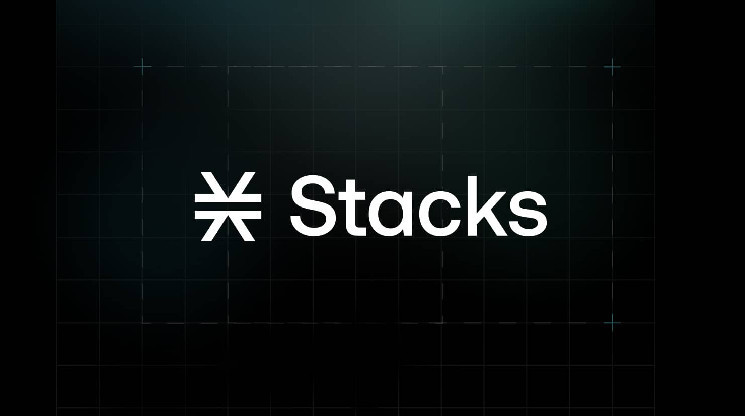- The Nakamoto upgrade on Stacks will enable fast block times, revolutionizing Bitcoin DeFi applications.
- The upgrade unlocks new DeFi possibilities, enhancing the user experience with rapid transactions and secure protocols.
Stacks just announced the next Nakamoto upgrade, which will begin rolling out in late August. This upgrade is expected to change the network by delivering faster block times, which will open up new opportunities for decentralized finance (DeFi) on the Stacks platform.
The Stacks team is excited about the novel DeFi possibilities that may develop once the Nakamoto release is available, which marks a key milestone for Bitcoin DeFi.
With the Nakamoto upgrade starting to rollout activation late August, unlocking fast block times, new DeFi use cases are on the horizon. 🔥
Dive into the innovative DeFi possibilities that could emerge on Stacks once the Nakamoto release goes live. 🧵 ⬇️ pic.twitter.com/D9zAMVTz15
— stacks.btc (@Stacks) August 16, 2024
Nakamoto Upgrade: Transforming User Experience with Faster Transactions
The Nakamoto Hard Fork will be a game changer for users who are now dealing with high transaction latency. After the upgrade, transactions will no longer take ten minutes.
Instead, blocks will be provided every few seconds, improving the user experience (UX) for high-volume and complex DeFi applications. This speed boost is likely to be transformative, especially for applications that rely on fast transaction handling.
Perpetual protocols, for example, might immensely benefit from this enhancement. Perpetual apps employ high-frequency trading, which allows users to conduct multiple transactions in a short amount of time.
Users will benefit from the Nakamoto upgrade’s quick blocks, which will provide a more fluid UX and may improve the effectiveness of real-time trading techniques. This enhancement has the potential to attract a wider spectrum of users to the Stacks platform, thereby cementing its position in the DeFi ecosystem.
Furthermore, the improvement has the potential to transform Stacks into the go-to network for Bitcoin payments. Due to their low fees, on-chain payments and token transfers, particularly those using stablecoins, have grown in popularity on other platforms.
Competing in Bitcoin Payments and DeFi Innovation
With the Nakamoto upgrade and the introduction of sBTC, Stacks has the ability to compete with networks such as Tron, providing an appealing alternative for customers seeking efficient Bitcoin-related payment solutions.
In addition, the fast and efficient network that the Nakamoto upgrade promises could serve as a hub for new DeFi primitives.
Platforms like Solana have proved that a good UX is frequently a significant aspect of the success of DeFi ecosystems. With the impending Nakamoto release, Stacks has the potential to achieve comparable success, propelling a robust DeFi ecosystem focused on Bitcoin.
As the Nakamoto upgrade speeds up the creation of DeFi use cases that rely on quick transaction times, it is apparent that we are entering a new era of creative Bitcoin-focused protocols on Stacks. The introduction of sBTC will play a critical role in enabling Bitcoin DeFi, paving the way for a new wave of financial products and services.
On the other hand, CNF previously highlighted the Zest Protocol, which enables Stacks users by providing safe Bitcoin lending and borrowing services. This improvement expands the platform’s DeFi capabilities by allowing users to earn yields and engage smoothly with DeFi applications via Zest’s Stacks Market.
Furthermore, in June, Stacks reached an all-time high, with over 150 million STX locked in DeFi apps, demonstrating the platform’s expanding impact in the DeFi industry.
Furthermore, Bitflow, Stacks new liquidity center, includes advanced features such as aggregators, Curve Liquidity Style stable swaps, Uniswap-style deep liquidity pools, and various trading routes.
These advancements show the increased maturity and sophistication of the Stacks ecosystem as it prepares for the Nakamoto upgrade and beyond.
Meanwhile, the price of its native token, STX, was about $1.47 at the time of writing, up 1.71% over the last 24 hours and with a daily trading volume of $72.72 million.







Leave a Reply